
Hip flexors play a crucial role in our daily movements, yet many of us are unaware of their importance until we experience unhealthy pain or stiffness. These muscles, located in the front of the hip, are responsible for lifting our knees and bending at the waist. Unfortunately, modern lifestyles that involve prolonged sitting can lead to tight and weak hip flexors, resulting in discomfort and even injury. Understanding how to keep your hip flexors healthy is essential for maintaining overall mobility and preventing pain. Did you know that over 80% of adults experience hip flexor pain at some point in their lives? Addressing this common issue early can lead to a more active and pain-free lifestyle.
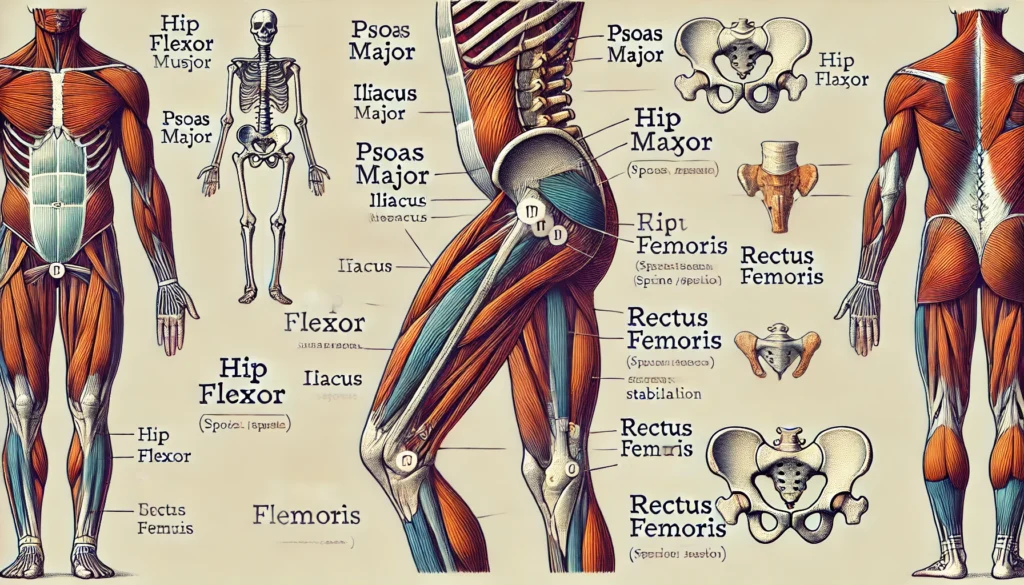
Hip flexors consist of several muscles, including the psoas major, iliacus, and rectus femoris. These muscles connect the upper and lower body, allowing for essential movements such as walking, running, and sitting. When hip flexors are tight, they can cause a range of issues, including lower back pain, hip pain, and reduced mobility.
Common issues related to hip flexors include:
Understanding these issues is the first step in maintaining healthy hip flexors. By incorporating regular stretches and exercises, you can prevent problems and improve your overall well-being.

Maintaining healthy hip flexors involves a combination of stretching, strengthening, and using the right tools to support your efforts. Here are some practical tips and exercises to help you keep your hip flexors pain-free:
1. Hip Flexor Stretch: Kneel on one knee, with the other foot in front, forming a 90-degree angle. Push your hips forward gently while keeping your back straight. Hold for 20-30 seconds and repeat on the other side. This stretch targets the psoas and iliacus muscles, helping to relieve tightness. Watch a video demonstration.
2. Psoas Stretch: Lie on your back with one leg extended and the other leg bent. Pull the bent knee towards your chest while keeping the other leg flat on the ground. Hold for 20-30 seconds and switch sides. This stretch not only alleviates tension in the psoas but also helps improve lower back flexibility.
3. Lunges: Step forward with one leg and lower your hips until both knees are bent at about a 90-degree angle. Push back up to the starting position and repeat with the other leg. This exercise strengthens the hip flexors and other lower body muscles. For added intensity, try holding a pair of dumbbells.
4. Bridges: Lie on your back with your knees bent and feet flat on the ground. Lift your hips towards the ceiling, squeezing your glutes and engaging your core. Hold for a few seconds and lower back down. This exercise helps strengthen the hip flexors and glutes. For variation, try single-leg bridges to challenge your stability.
For those looking to enhance their workout routine, consider using fitness products available in our shop:
**Compact Multi-Purpose Fitness Thigh Master**: Great for targeting and strengthening hip flexors. This versatile tool can be used for a variety of exercises to improve muscle tone and strength.
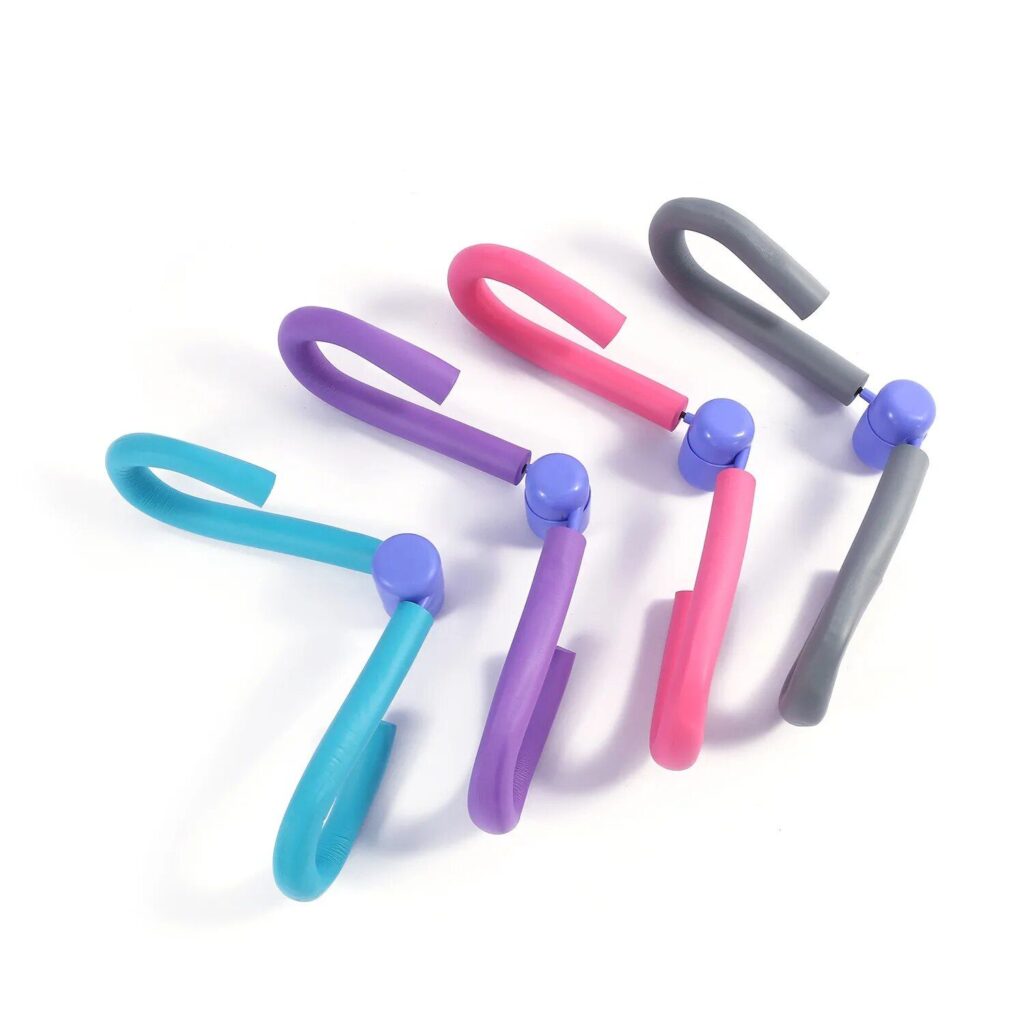
**Foam Rollers**: Perfect for massaging and relieving tight hip flexors. Foam rolling before and after workouts can enhance flexibility and reduce muscle soreness.
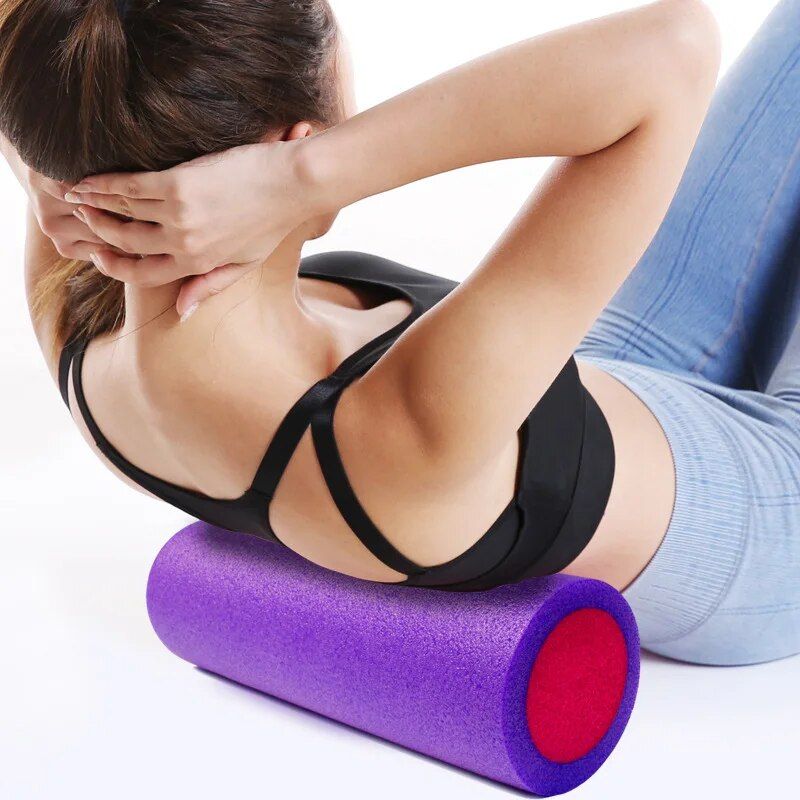
**Resistance Bands**: Useful for adding intensity to your hip flexor exercises and improving flexibility. Resistance bands are portable and can be used anywhere to provide a challenging workout.
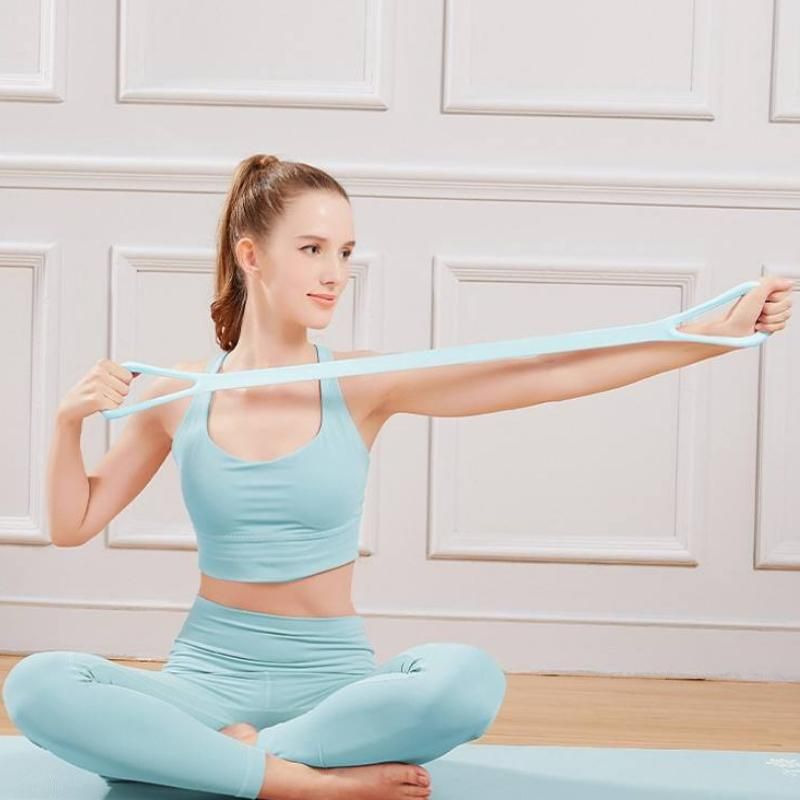
Incorporating these exercises and tools into your routine can significantly improve the health of your hip flexors, reducing pain and increasing mobility.
Maintaining healthy hip flexors offers numerous benefits beyond pain relief. Strong and flexible hip flexors contribute to better posture, enhanced athletic performance, and reduced risk of injuries. Here are some additional insights into the benefits of keeping your hip flexors in good condition:
By focusing on hip flexor health, you can enjoy a more active and pain-free lifestyle. Regular exercise, proper stretching, and using supportive tools can make a significant difference in your overall well-being.
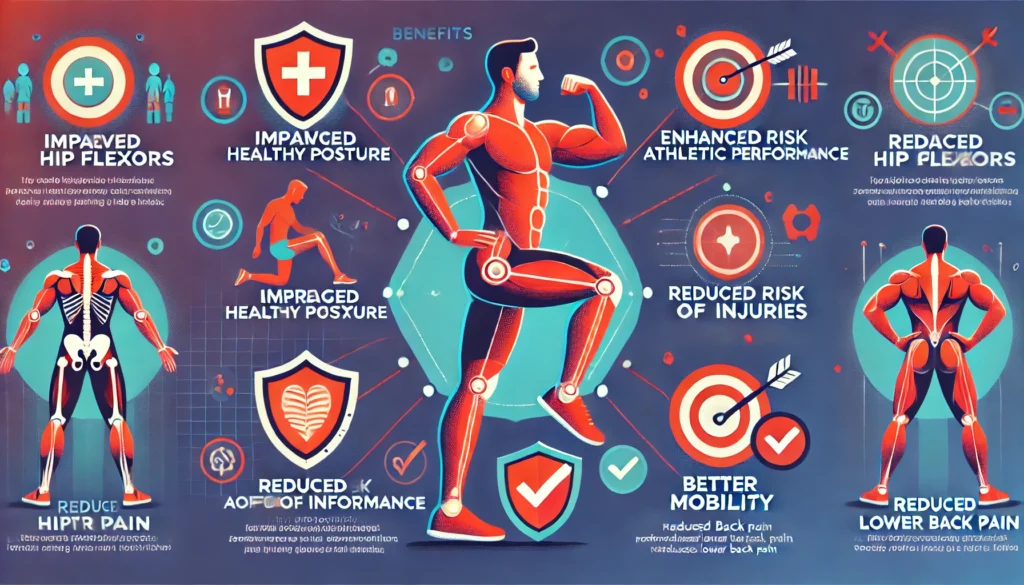
Healthy hip flexors are essential for overall mobility, posture, and well-being. Understanding the importance of these muscles and incorporating regular stretches and exercises into your routine can prevent pain and improve your quality of life. Remember to use supportive fitness products to enhance your efforts and keep your hip flexors in top condition. To kickstart your journey to healthier hip flexors, subscribe now and receive 4 weeks of free hip flexor exercises straight to your inbox. Start improving your flexibility and reducing pain today!
Ready to take your hip flexor health to the next level? Check out this comprehensive program designed to fully unlock your hip flexors by watching this informative video here. Please note, as an affiliate of this workout program, I may earn a commission if you decide to make a purchase through my link. Either way, you’ll discover the best strategies for keeping your hip flexors pain-free and boost your overall health!
Leave a comment